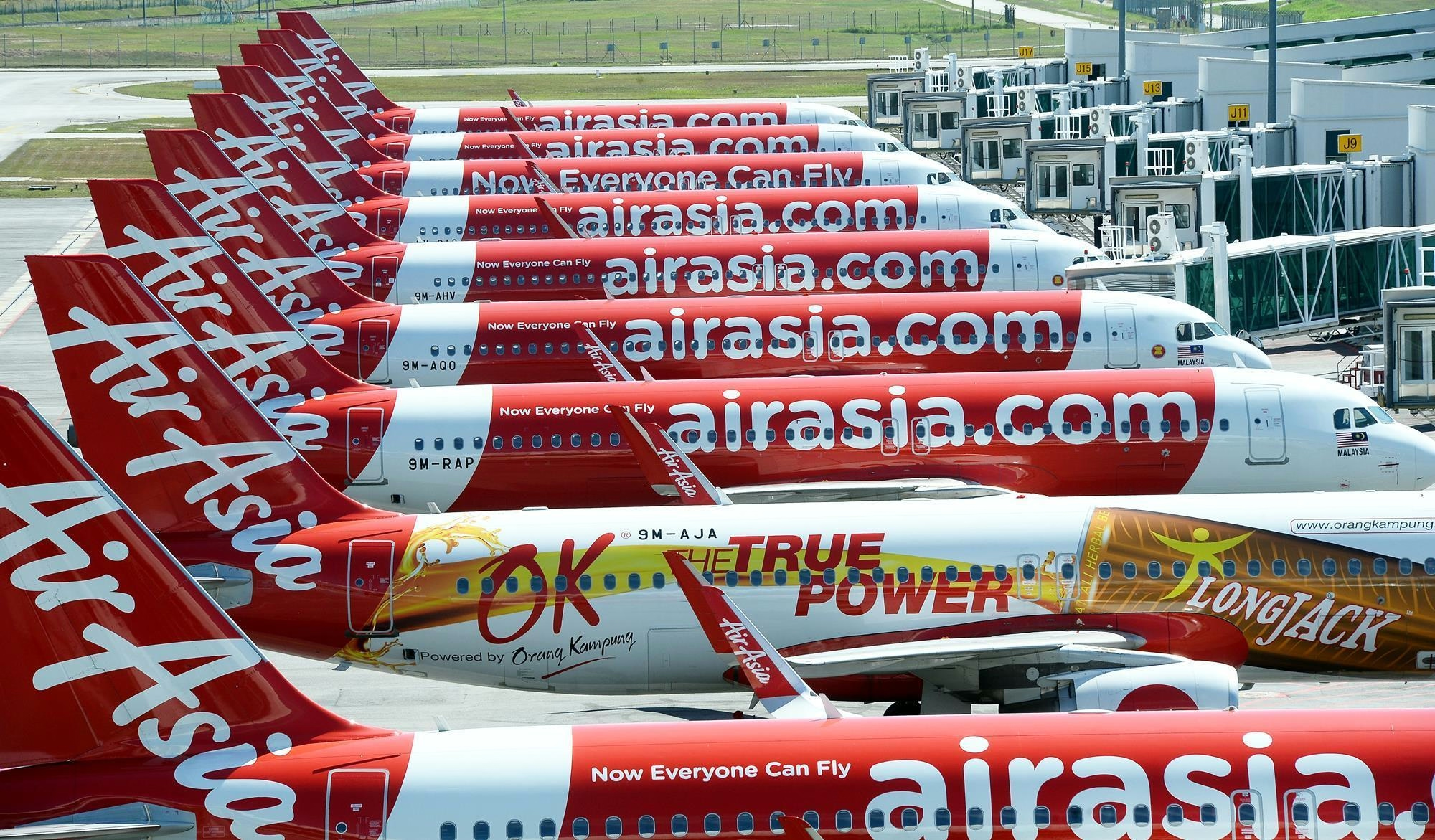
Email più intelligenti, business più veloce. Tag automatici, analisi e risposte immediate a richieste, preventivi, ordini e altro.
Tendenze
Newark Air Traffic Control Improvement Plan Takes Shape
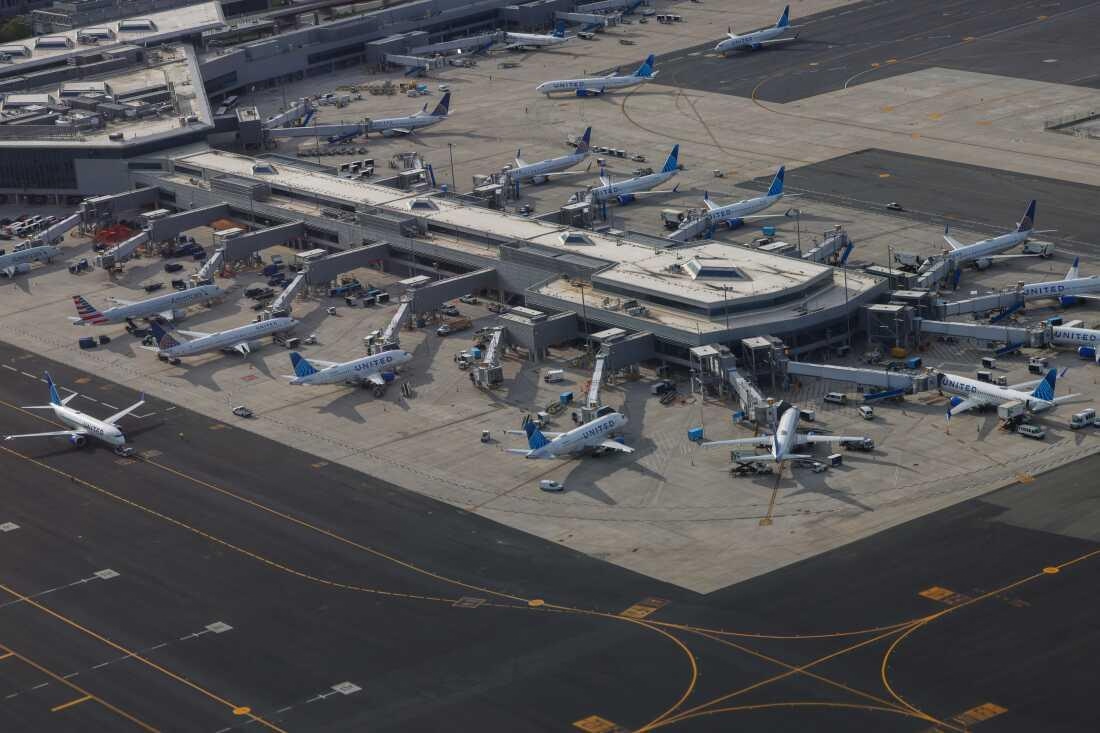
Newark Air Traffic Control Improvement Plan Takes Shape
Addressing Longstanding Challenges
Efforts to modernize the air traffic control system at Newark Liberty International Airport are gaining momentum as officials confront persistent issues of understaffing and outdated technology. The newly developed improvement plan seeks to enhance operational efficiency and mitigate the frequent delays and cancellations that have long frustrated both travelers and airlines. As one of the nation’s busiest airports, Newark has faced increasing criticism for its operational disruptions, which industry experts attribute primarily to insufficient staffing levels and aging control infrastructure.
The Federal Aviation Administration (FAA) has acknowledged these challenges and is collaborating closely with airport authorities to implement necessary upgrades. Central to the plan is the recruitment and training of additional air traffic controllers, alongside significant investments in advanced digital systems. These technological enhancements aim to streamline communications and improve real-time decision-making, thereby alleviating current bottlenecks and preparing the airport to accommodate future growth in air traffic volume.
Market Impact and Regional Implications
The operational difficulties at Newark have had notable repercussions across the aviation market. Airlines have reported rising operational costs linked to delays, while passengers have experienced increased uncertainty and disruptions to their travel plans. In response, some carriers have adjusted schedules or rerouted flights to circumvent congestion at Newark, underscoring the urgency of the proposed reforms.
Regional competitors are closely observing Newark’s progress, with several airports accelerating their own air traffic control modernization efforts. These initiatives are part of a broader strategy to attract airlines and passengers by offering more reliable and efficient services. The developments at Newark thus have implications beyond the airport itself, potentially influencing air traffic management practices across the region.
As the improvement plan advances, stakeholders remain cautiously optimistic. Its success will depend on sustained investment, effective implementation, and continued collaboration among federal agencies, airport management, and industry partners. If realized, Newark’s initiative could serve as a benchmark for other major airports facing similar operational challenges.
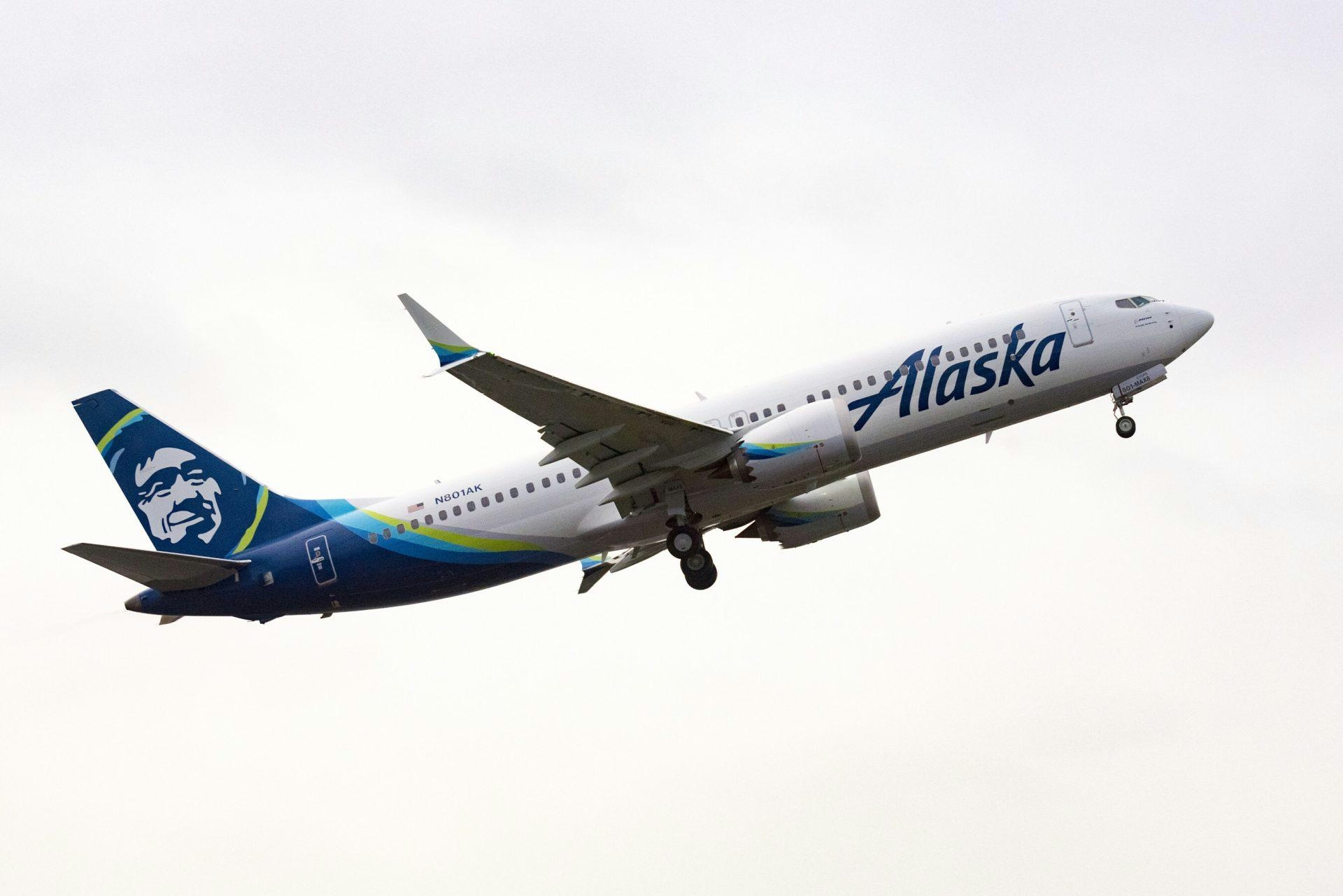
Alaska Airlines Orders Additional Boeing 787 and 737 MAX 10 Jets for Seattle Expansion
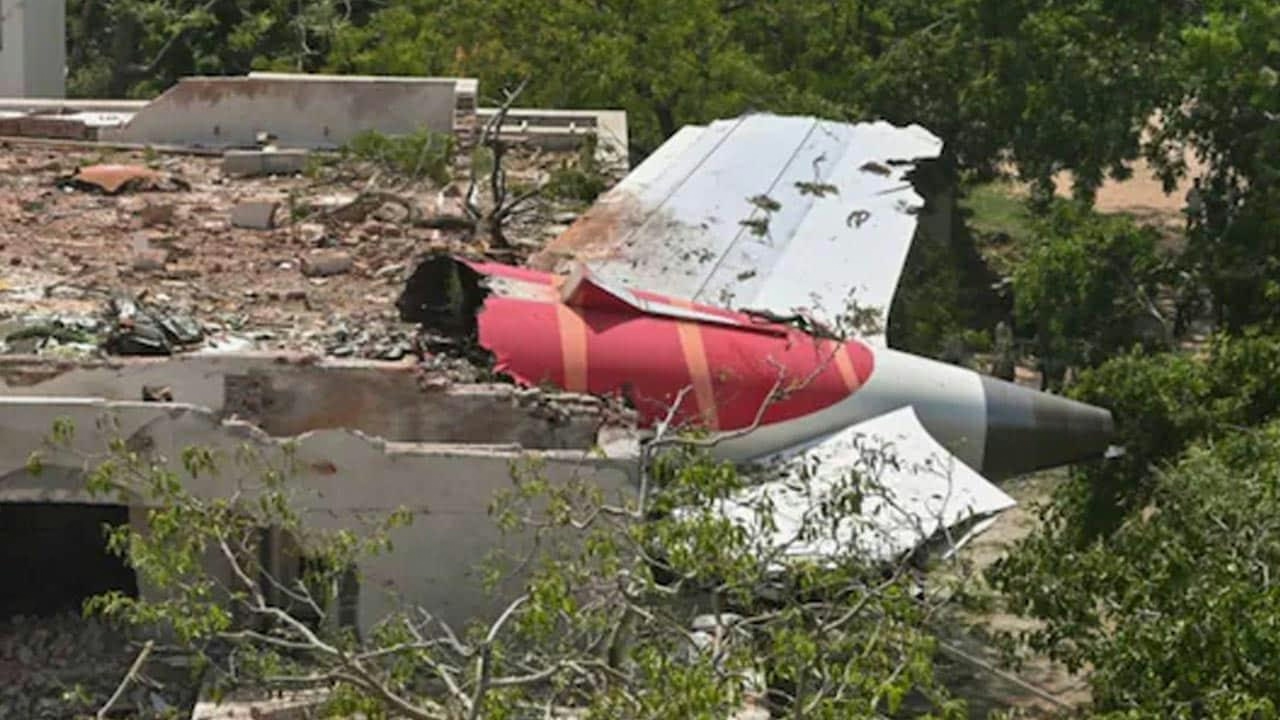
The Mystery of AI-171 Explained
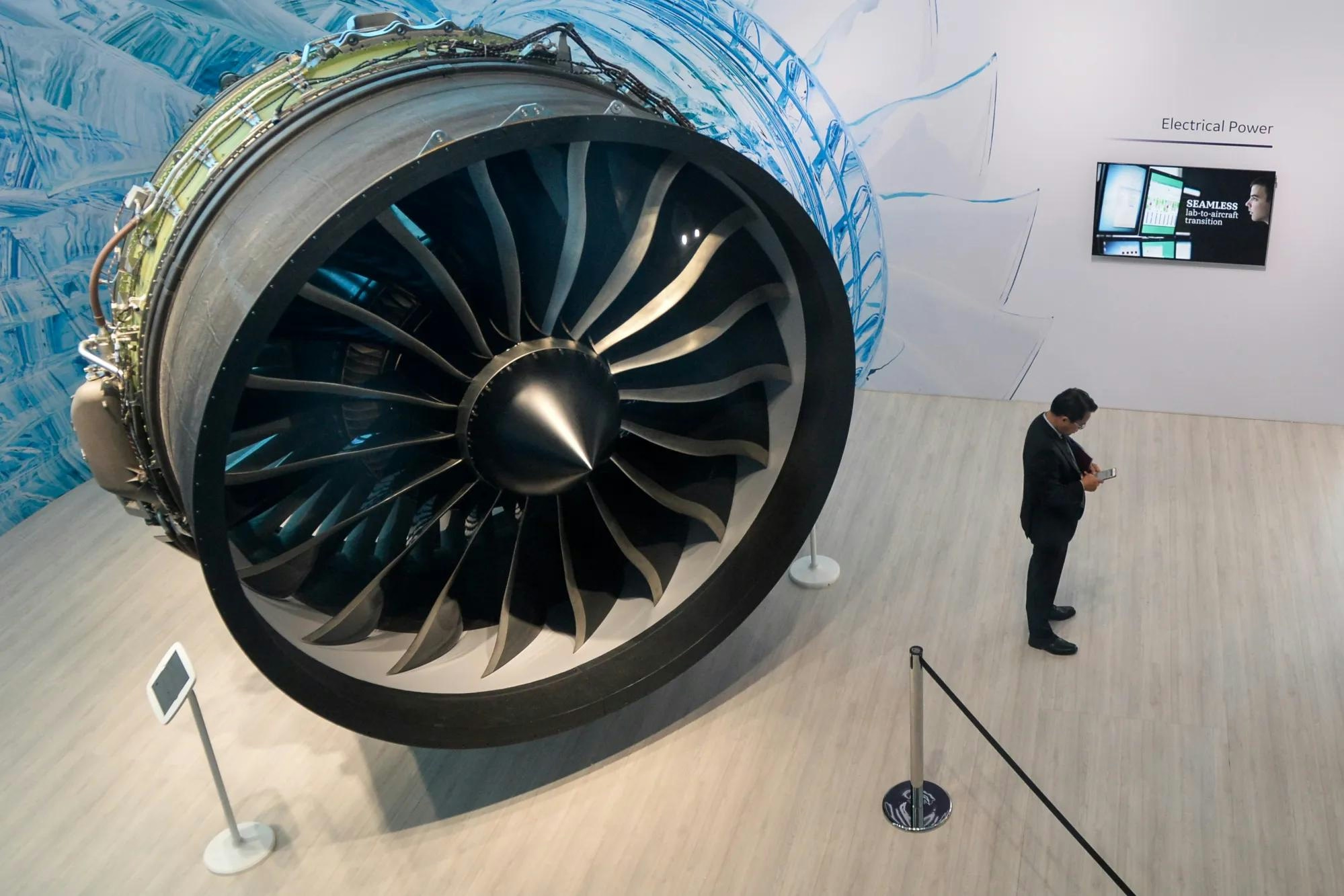
US to Lift Engine Export Restrictions to Chinese Aircraft Maker COMAC
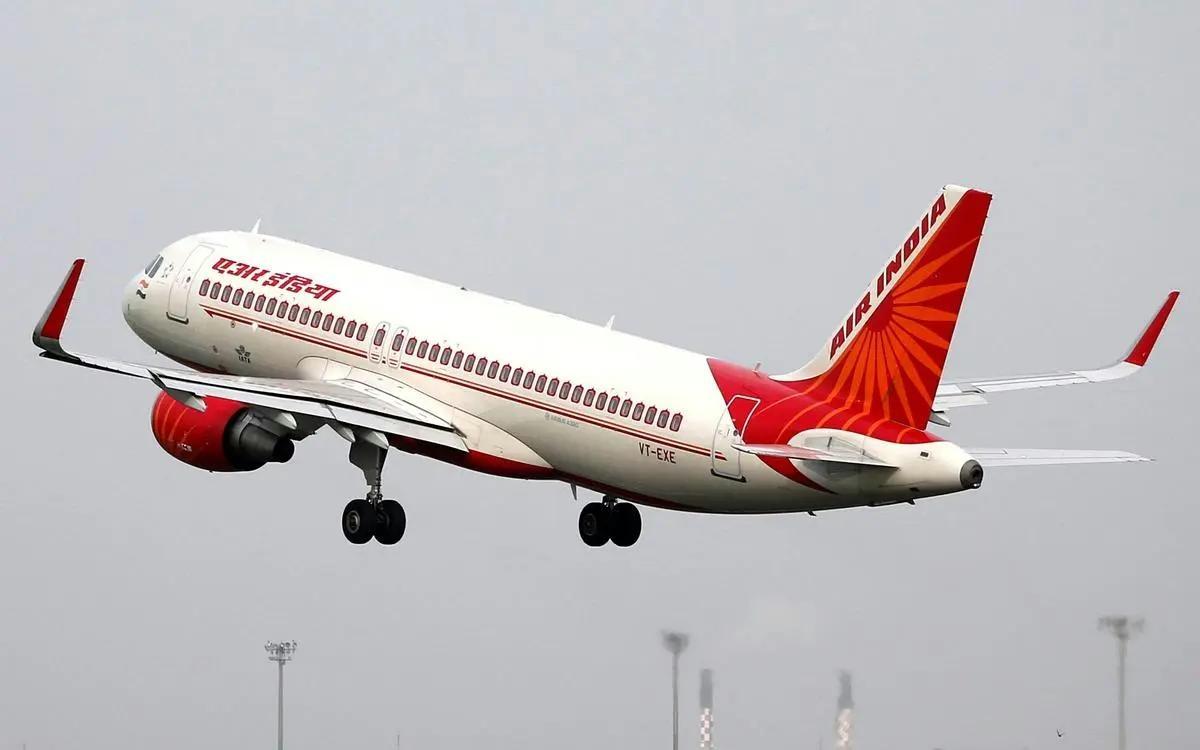
Air India Pilot Collapses in Cockpit Before Bengaluru-Delhi Flight
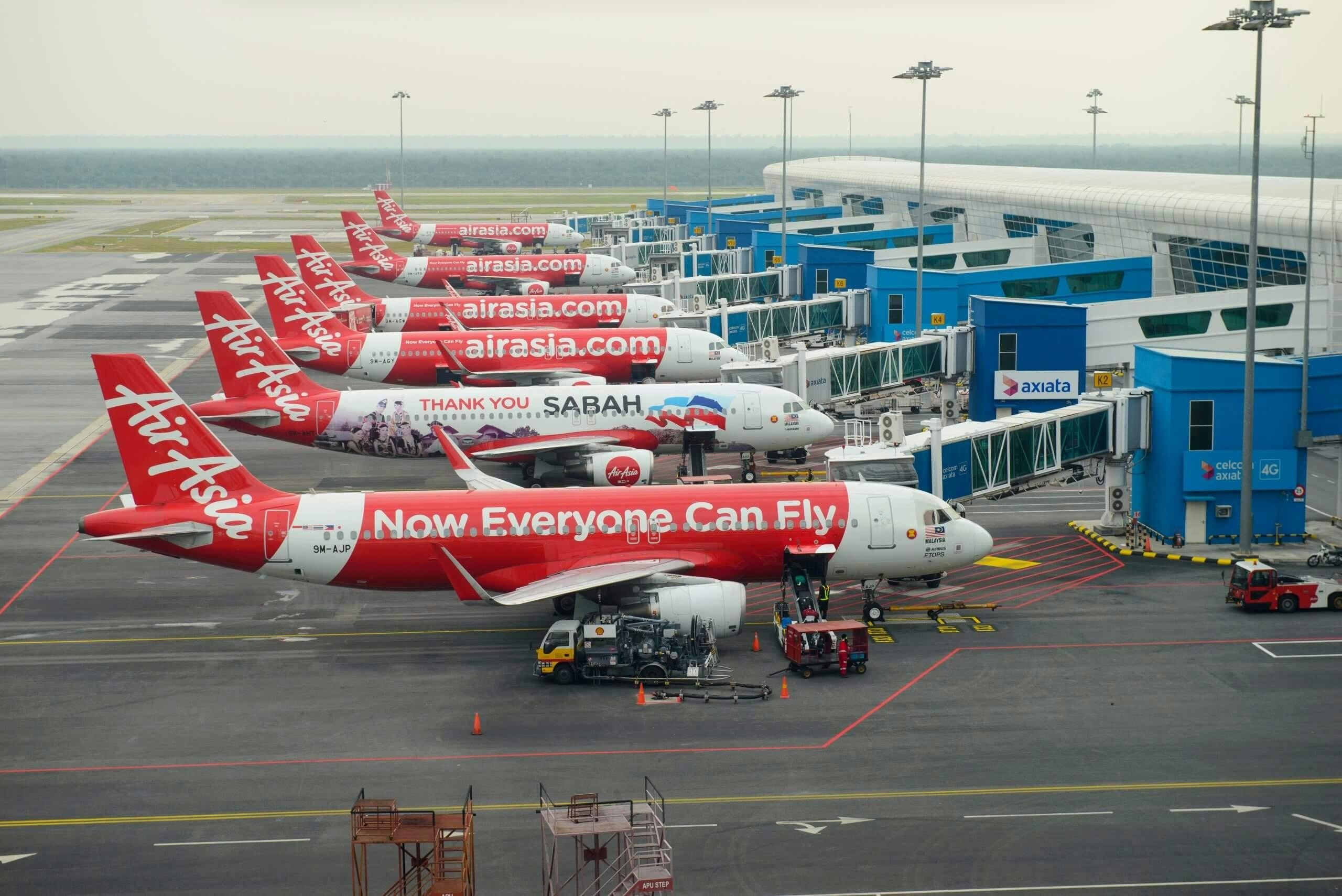
AirAsia Orders 50 Airbus A321XLR Jets as Restructuring Nears Completion
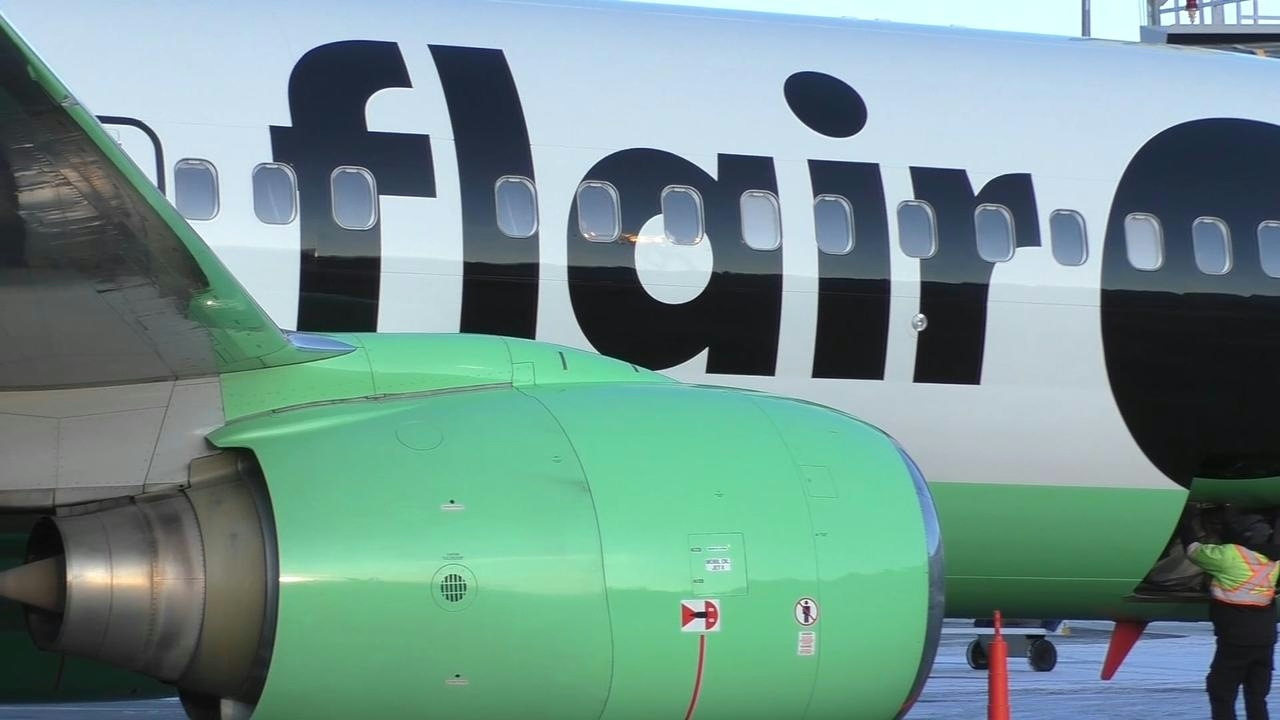
Aircraft Lessors Sue Flair Airlines Over 2023 Plane Seizures
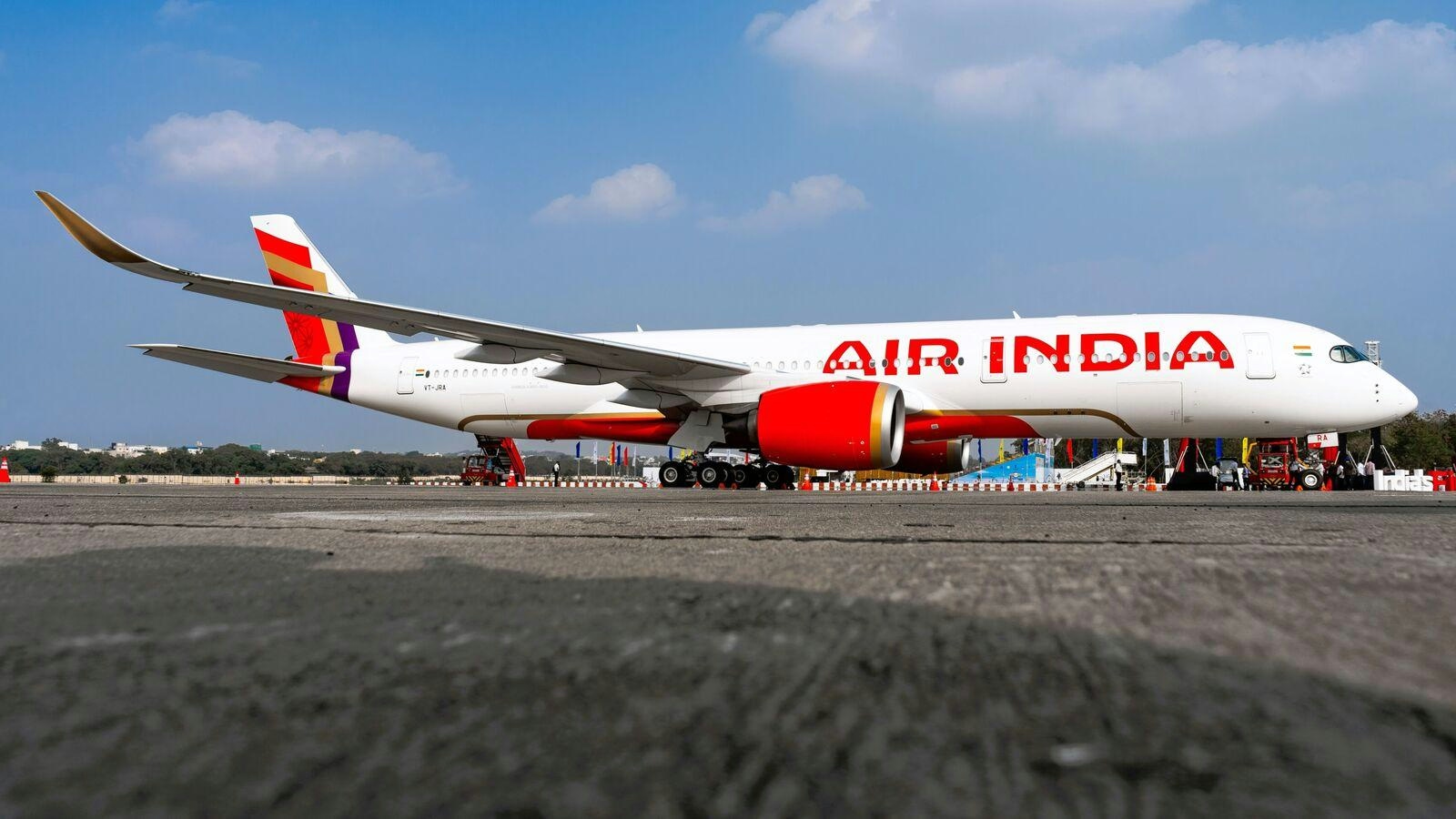
Why India’s Airline Startups Are Investing in Hybrid Fleets

Supply Chain Bottlenecks Disrupt Global Trade

CIASL Initiates ₹50 Crore MRO Hangar Project to Develop Kochi as Aviation Hub
